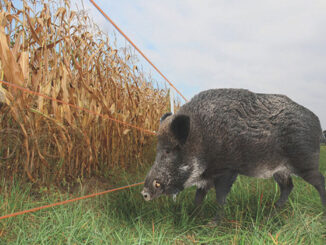
© eamoncurry123 (Flickr) Mackworth water tower from Lower Vicarwood Farm, Quarndon/Mackworth, D
© eamoncurry123 (Flickr)
One of the UN’s Millennium Development Goals is to eradicate extreme poverty and hunger. According to the organisation’s 2010 report: “Progress to end hunger has been stymied in most regions.”
Causes
Rises in food prices, and inability to distribute to those that need it are to blame for slowing the effort to end hunger.
Although ground-breaking progress has been made, actually achieving what was planned is thought to be tougher than ever before. The main problem is believed to be lying at the source: the farms.
Problematic situations
The majority of the world’s agricultural produce and livestock comes from Lower Economically Developed Countries (LEDCs).
Some reports suggest, that in LEDCs, less than 25% of irrigation water ever reaches the crop, as most of it is lost through leakage, evaporation or runoff. Problems like this continue to pose a significant challenge in agricultural efficiency, despite help from the governmental bodies and other related organisations.
Migration
A problem in China is rural-to-urban migration. Since the 1950s, more than
100 million people have left the rural farmland for the city. Similar problems arise in Almeria of southern Spain, where due to the boom in the area’s tourism industry, farmers have left their land for jobs in urban areas.
Wastage and ignorance
Excess use of water by hotels and golf courses as well as the quarrying of gypsum has been fundamental in drying out the soil. Also, farmers coming into agricultural areas are uneducated in dealing with the land appropriately. They have caused overgrazing, which further ruins the quality and fertility of the soil.
Solutions
The problems in the agricultural sector are clear, but what is the world doing to deal with them? China currently has a multi-million dollar plan in place to bring citizens back to rural areas and rejuvenate farmland. In the European Union, farming subsidies are handed out to keep farmers from moving away from the agricultural sector – an idea that would be adapted globally if necessary funding and organisation were available.
Conclusion
The UN hopes to unite organisations to ensure that future farmers are properly educated and have access to the appropriate resources in order to conserve the world’s vastly important agricultural industry.




